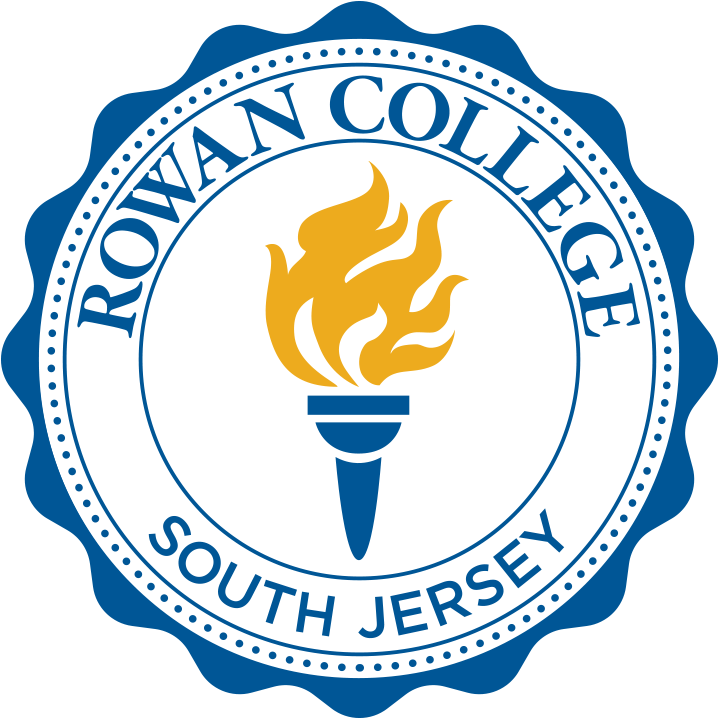Workforce Development Board and Rowan College of South Jersey help students learn skills, match employers
For the past three decades, the Gloucester County Workforce Development Board (WDB) has worked with Rowan College of South Jersey to help students learn skills for jobs and match them with employers.
During February’s meeting, the county board of commissioners passed a resolution authorizing a shared-services agreement between the two to promote the most efficient use of available resources.
“The purpose of this agreement is to create a functionally aligned workforce development infrastructure within the county by eliminating duplicative roles and functions that the WDB and Rowan College both provide to students and job seekers,” said Heather Simmons, deputy director of the Board of Commissioners.
“Our agreement to share resources, costs, and labor allows the County, the WDB and the college to leverage and layer grant funds and more efficiently utilize current and future funding to successfully train and educate the workforce of tomorrow,” she added.
“What is particularly exciting for me is the expansion of apprenticeship programs in emerging industries (wind, cannabis, film and green jobs) for adults and students and the expansion of title II literacy programs with the College to career pathways options for youth 16-24 who have dropped out of school during the pandemic,” Simmons explained.
The county, the WDB and Rowan have been committed partners for three decades, and in 2016 they collectively started discussions on co-location efforts and resources-sharing agreements that came to fruition in 2020 when the WDB, American Job Center, Department of Economic Development and county Chamber of Commerce moved to Rowan’s campus.
The partners all have vital roles in building capacity around workforce development programs for county residents.
“The relationship with our business community and partners remains extremely robust and will grow increasingly stronger with this latest agreement,” Simmons said. “In addition, we are creating a more equitable and inclusive system by expanding literacy programs along with career and technical training opportunities to historically disenfranchised populations such as the reentry population and families utilizing social services.”
This holistic approach to workforce development positively impacts the underserved population, as it offers more accessible resources and training to those communities in need, according to Simmons, and is especially important to economic recovery efforts. Another benefit is that the agreement will benefit the business community.
“We know that over the last two years, the workforce landscape has dramatically changed and business in Gloucester County are in desperate need of a continuous pipeline of talent to meet their labor demands right now, and in the future,” Simmons pointed out, adding that the agreement streamlines the process for businesses to recruit employees, interns, and apprentices all in one place.
Workforce Development Boards were originally created in 1998 under the federal Workforce Investment Act (WIA), and reauthorized under the 2014 Workforce Innovation and Opportunity Act (WIOA). The county’s WDB mission is to foster prosperity for customers, students, communities, and businesses by offering training, development opportunities and education to maximize career pathway and sustainable employment opportunities.
Since 1998, the WDB has reemphasized its mission by forming strategic partnerships with the business community, nonprofit organizations, chambers of commerce, faith-based organizations and educational institutions.
“The post-COVID-19 era has presented all kinds of new challenges for the employees, employers, and individuals seeking training and career pathways,” Smith observed. “These challenges presented an opportunity to reinvent the way we operate internally and engage externally with customers and partners businesses.”
Priorities include skill building of the current workforce with the Incumbent Worker Training Grant that businesses can take advantage of, while utilizing the county’s American Job Center services to backfill entry level positions.
“Rowan College of South Jersey is our premier training provider for the Incumbent Worker Training Grant,” Simmons said. “For those seeking employment, the WDB offers $5,000 grants for training to individuals and job-placement services for them to secure stable employment.”
In partnership with the board of commissioners and state Department of Economic Development, the WDB every year hosts two of the largest job fairs in South Jersey, with more than 120 companies that attended previous fairs.
The next Mega Job Fair will be on Friday, March 24, from 9 a.m. to noon in the Rowan campus gymnasium. For information, go to www.gloucestercountynj.gov.
“Traditionally the WDB programs have focused on adult learners and job placement activity for unemployed and underemployed populations. Through this strategic partnership with Rowan College and the WDB office location on campus, we can work together to offer a full spectrum of services to students through on campus recruitment events, job fairs, lunch and learns, and expanded apprenticeship offerings,” Simmons said.
In 2022, the WDB started developing the South Jersey Regional Workforce Development plan with surrounding counties. The planning process is critical to addressing changes that have occurred in the region since the plan was adopted four years ago.
The Regional Plan addresses these and other issues by focusing on 10 WIOA-required elements, and the goal is to develop a high-functioning workforce infrastructure throughout the area to provide supports that are closely aligned with ancillary services. Those include transportation, social services, economic development, county colleges, four-year educational institutions and other community groups.
The following represent some of the regional goals central to this plan:
- Respond to changes in the region’s economy and demographics that enhance service delivery and program access.
- Address barriers in service delivery to ensure that hard to reach populations and isolated areas of the region have equal access to workforce development programs and support.
- Promote ongoing coordination among local WDBs to ensure excellent integration of services, partnerships and support.
- Continue to foster coordination of transportation and supportive services through career pathways with a focus on industry-valued credentials; career navigation assistance and linkages with American Job Centers and other high-quality employer-driven partnerships.
“These goals coupled with the mission of our Workforce Development Board, create a strong foundation for workforce programs, while advancing regional efforts in workforce development, credential attainment, economic development, and the continued formation of strategic partnership to benefit our residents and business community,” Simmons concluded.




